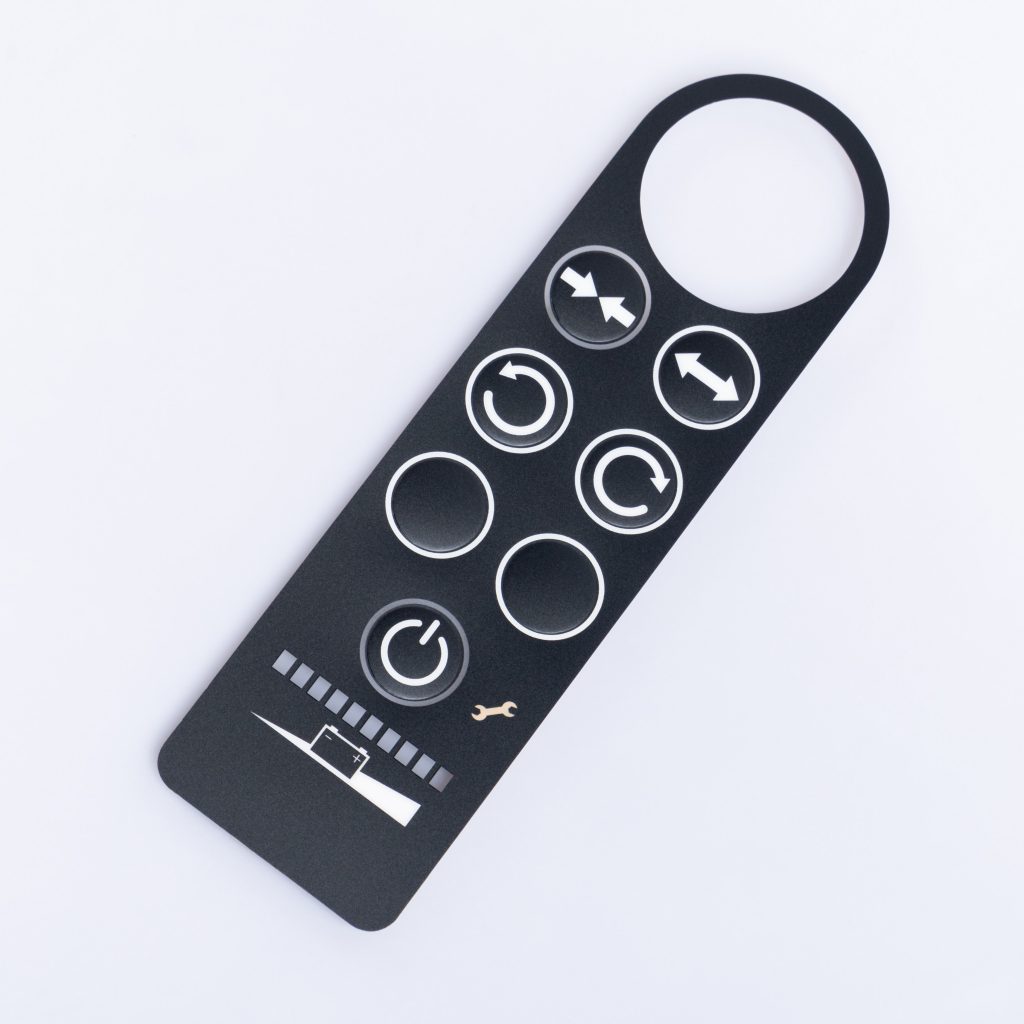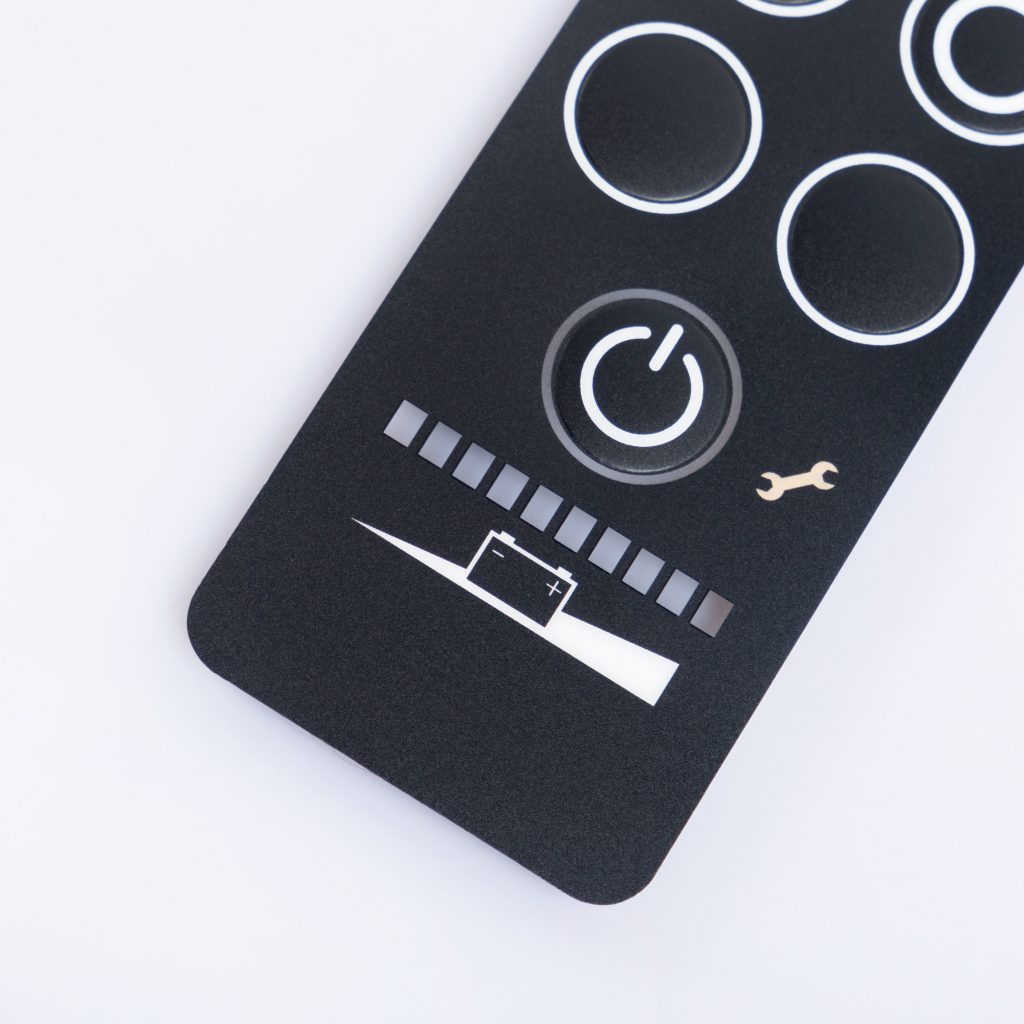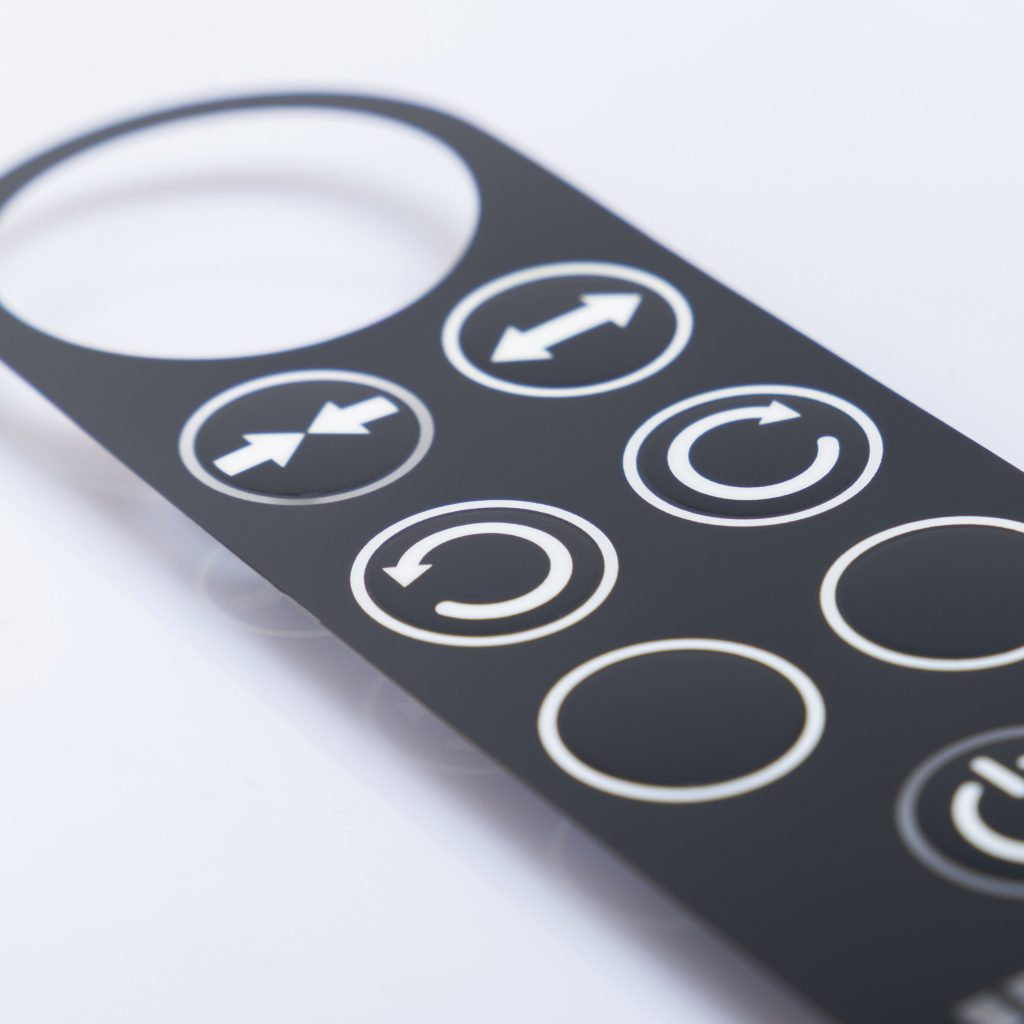Introduction to Membrane Switch Materials
Membrane switches are a critical component in many devices, particularly in card terminal payments. They offer a flexible, lightweight, and cost-effective interface solution, bridging the gap between users and devices.
Evolution of Card Terminal Payments
The journey of card payments has seen incredible advancements. From manual swipe machines to digital card readers, the need for robust and durable interfaces like membrane switches has grown significantly.
What should we pay attention to when using membrane switch materials in Card terminal payments?
Understanding the intricate dynamics of membrane switches is essential for optimal card terminal performance. Let’s explore some key considerations:
- Types of membrane switch materials: Various materials, ranging from polyester to polycarbonate, are used in membrane switches. Each offers unique benefits suitable for specific environments.
- Benefits of using the right materials: The correct material ensures durability, longevity, and a seamless user experience. For card terminals, this translates to consistent transactions without hitches.
- Potential drawbacks of improper use: Using unsuitable materials can lead to reduced sensitivity, frequent malfunctions, and even failed transactions. For businesses, this could mean dissatisfied customers and financial losses.
The Science Behind Membrane Switch Materials
Understanding the fundamental science can provide insights into their optimal use:
- Conductivity and its importance: Membrane switches rely on electrical conductivity. The materials should ensure efficient and uninterrupted flow of electrical signals.
- Durability and wear-and-tear: Given the frequency of card payments, the materials must withstand repetitive use without degrading.
Key Components in Membrane Switches
A typical membrane switch comprises several layers:
- The top layer: Graphic overlay: This is the interface that users interact with. It needs to be visually appealing, yet durable.
- Spacer layer: Its role and significance: This layer separates the top and bottom circuits, preventing unintentional activation.
- Circuit layer: The heart of the switch: This layer contains the circuitry that transmits the user’s commands to the device.
Membrane Switch Materials’ Impact on User Experience
The choice of materials directly affects the user’s interaction:
- Sensitivity and responsiveness: For swift transactions, the switch should detect even light touches effectively.
- Tactile feedback: Why it matters?: A good switch provides tactile feedback, assuring users that their input has been registered.
Best Practices in Material Selection
Choosing the right material is an art:
- Factors to consider: Environment and usage: Terminals in outdoor settings require different materials compared to indoor ones.
- Cost-effectiveness vs. quality: While cost is a factor, compromising on quality can lead to long-term expenses.
Maintenance and Longevity
Proper care can extend the life of membrane switches:
- Regular cleaning routines: Keeping the switches clean prevents dirt and grime from affecting performance.
- When to consider a replacement?: Over time, even the best materials degrade. Knowing when to replace ensures uninterrupted service.
The Future of Card Terminal Payments with Membrane Switches
As technology evolves, so will the role of membrane switches:
- Innovations on the horizon: Touchless payments and advanced interfaces may redefine the role of membrane switches.
- Sustainability and eco-friendly materials: The push for green solutions might lead to the introduction of sustainable membrane switch materials.
Conclusion: Making Smart Choices with Membrane Materials
For effective card terminal payments, understanding and choosing the right membrane switch materials is paramount. It ensures consistent performance, durability, and a top-notch user experience.
FAQs
- What are membrane switch materials? Membrane switch materials typically include layers like polyester or polycarbonate that make up the user interface in devices, especially in card terminal payments.
- Why is the choice of membrane switch materials crucial in card terminal payments? The right choice ensures smooth transactions, durability, and a positive user experience. An incorrect choice can lead to frequent malfunctions.
- How do membrane switches work? Membrane switches work on electrical conductivity. When pressed, they complete a circuit, sending the necessary command to the device.
- Can membrane switches wear out? Yes, with repetitive use, membrane switches can wear out, which emphasizes the need for quality materials and regular maintenance.
- What innovations can we expect in card terminal payments? The future might see touchless payments, advanced interfaces, and sustainable materials being incorporated.
- Are there eco-friendly options for membrane switches? The industry is moving towards sustainable solutions, and we can expect eco-friendly membrane switch materials soon.
Conclusion
Membrane switch materials play a pivotal role in the seamless operation of card terminal payments. By understanding their significance and ensuring their optimal use, businesses can guarantee efficient transactions and a stellar user experience.


